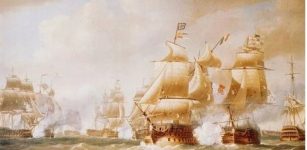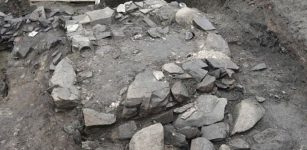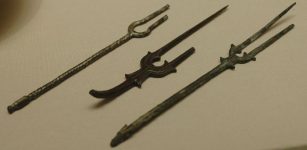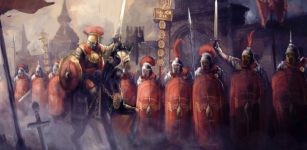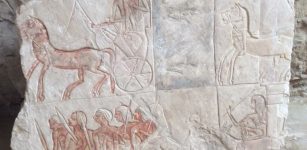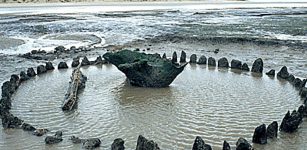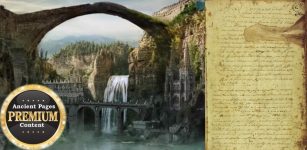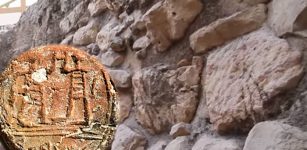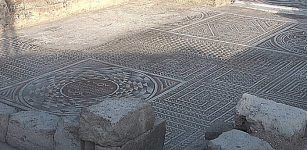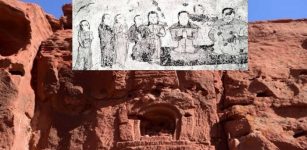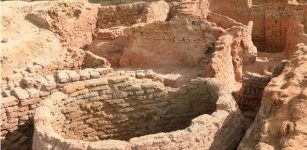A Large ‘Tableman’ Sheds Some Light On People’s Fun And Games In Medieval Bedfordshire
Conny Waters - AncientPages.com - At our recent Taylor Wimpey excavation at Bidwell West, Bedfordshire, our Milton Keynes field team have uncovered a medieval timber-framed building and a series of medieval enclosure ditches. From one of these, they recovered a large ‘tableman’ (gaming piece).
Image credit: Cotswold Archaeology.
The gaming piece, which has a diameter of nearly 6cm, is made from a cattle mandible and would have been shaped on a lathe.
Its face has been decorated with concentric circles and a ring-and-dot design, which is attractive although not unusual – similar examples in both size and decoration style have been recovered at other sites, including an example from Winchester, Hampshire which was made in the medieval period (11th-13th centuries).
Tablemen are so called because they were likely used to play various tables games (with ‘tables’ derived from the Latin tabulaI, meaning board or plank).
In these games, two players would typically roll dice and move their pieces across rows of markings; an example still played today would be backgammon.
Image credit: Cotswold Archaeology.
Tables games have developed over time and in the Roman period duodecim scripta was likely one of the first to be introduced in Britain.
This game uses three rows of twelve markings, although little information has survived regarding gameplay.
It is likely that the game ‘tabula’ was refined from duodecim scripta and continued to be played into the medieval period.
Tabula is much more similar to backgammon and uses two rows of twenty-four points.
See also:
Middle Iron Age And Roman Period Buildings And Relics Discovered In Bedfordshire, UK
It is not always possible to identify which game the gaming pieces recovered from archaeological excavations would have belonged to, because there is often no surviving board.
It is however likely, due to the association with the medieval site, the style of decoration, and the size, that our gaming piece would have been used to play tabula during the medieval period.
Written by Conny Waters - AncientPages.com Staff Writer



